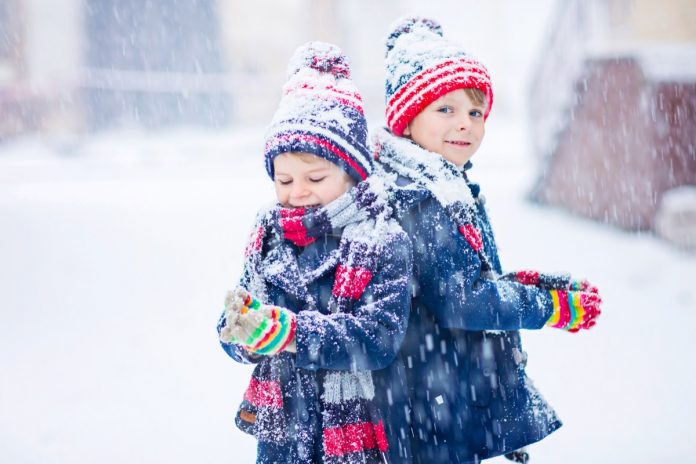Children love to be outside and often seem almost impervious to the elements. Despite their lack of regard for mittens, coats, and other outdoor gear, children are at high risk for frostbite.
Ottawa parent Joel Graham once learned this difficult lesson. He enjoyed regular cross-country skiing treks, with his toddler son towed on a covered sled behind him. The child was kept bundled and warm with only his tiny face exposed, so the father never imagined that the icy conditions were a threat.
However, after a long trip across the snow in Gatineau Park, he found that his son had a large white spot on his little cheek. The father quickly took him into the car and warmed the child’s face. The cold white spot slowly disappeared and blood flow returned to the area. According to the father, there were no long-lasting effects. “Thankfully, it only took about five minutes for Finn’s chilly cheek to thaw, and no harm was done.”
However, not all cases resolve so easily. Children are at particularly high risk of long-term damage from this condition. As Calgary pediatrician Peter Nieman notes, “By the time the skin is white, hard and numb, it’s pretty serious. The skin tissue freezes and there’s a decrease in blood supply to the area. There can also be inflammation, which causes it to be very painful.”
Frostbite is a particularly serious condition in small children. Recognizing the condition and taking the right action is essential.








